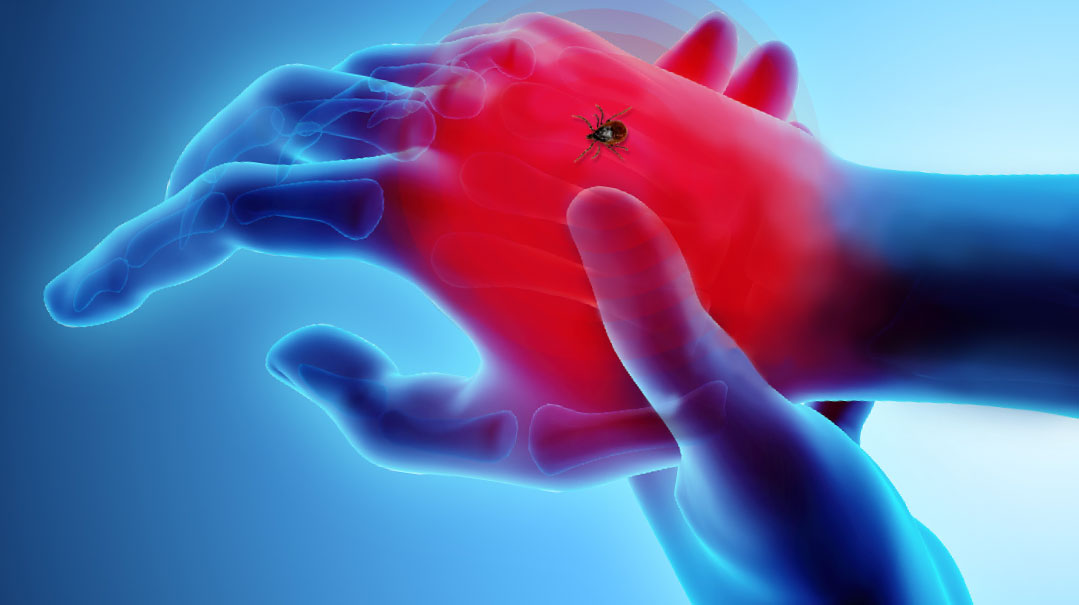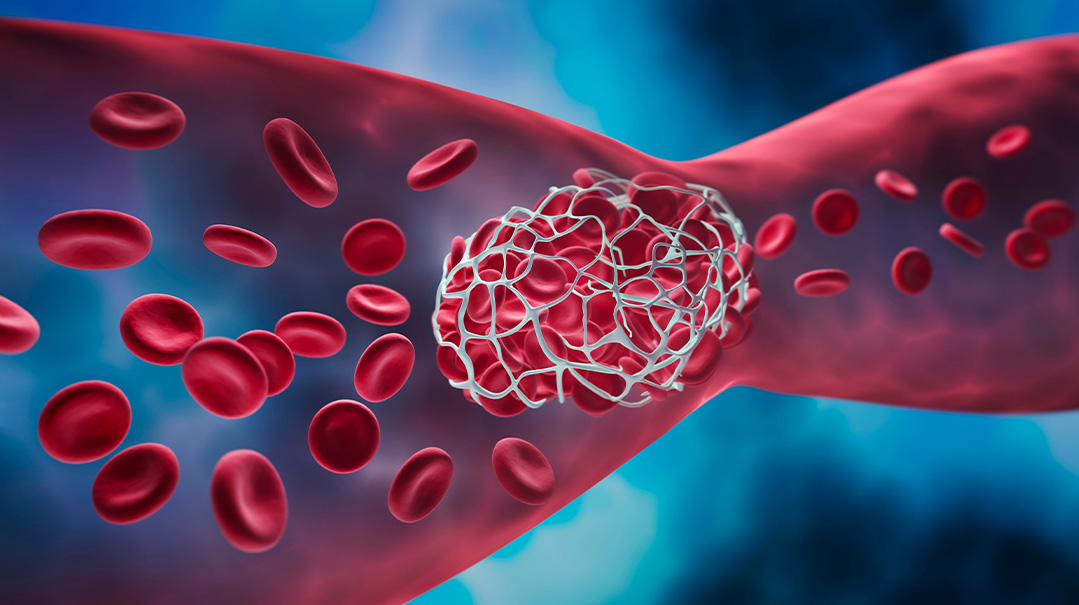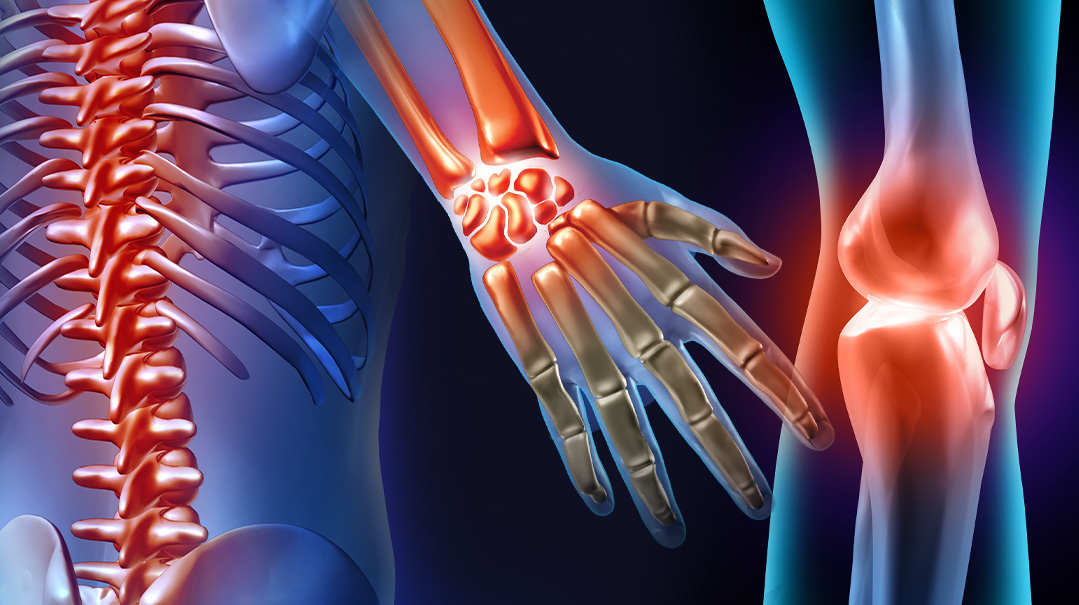A Single Bite

Their world was about to be upended; and the catalyst would be a tiny bug, not much larger than a poppy seed

"Yoni was sunshine and joy from the moment he was born, straight through eighth grade. For 14 years he was an absolute pleasure in every way.”
That’s how Chani Klingstein begins her harrowing tale; a singular story that’s part of a larger, ever growing narrative. Dotting all 50 states, coast to coast, are thousands of stories like Yoni’s — and the numbers keep rising every year.
“The fact that Yoni was so easy and happy for his entire childhood and into his teenage years, created a huge missing piece for us while we were struggling for answers. He shined socially, academically, in his middos; one veteran rebbi at his school told me that he’d never had a student like Yoni in all his years of teaching.
“Yoni had this infectious smile, people couldn’t get enough of him. He was also blessed with a sharp mind, and a passion for learning and academics. By the end of eight grade, he was at the top of his class and what we saw in front of us was a flaming bright future.”
The Klingsteins had no idea their world was about to be upended; and the catalyst would be a tiny bug, not much larger than a poppy seed.
“We live in a small, out-of-town community, so transferring to high school was no real adjustment, Yoni knew the boys in his class, and had a solid support system and great social standing. We didn’t anticipate any issues, and for a few months everything was fine. Then one day Yoni started to complain that he didn’t feel ‘himself.’
“He wasn’t a complainer so the fact that he mentioned something was concerning. Then he started to lose focus in school, he couldn’t concentrate, he seemed out of it. We tried to brainstorm — maybe the school wasn’t the right fit? We decided to switch him to another school a bit further away, one that was renowned for their high level of learning and really pushed the boys to give it their all.
“Many friends raved about the yeshivah and we thought Yoni might thrive in a more competitive setting, but unfortunately that wasn’t the case. He started losing weight and stopped sleeping well. As the months passed, we became more and more anxious; our bright, energetic son was becoming a shadow of himself. At times he’d pace the room in a strange way, back and forth, his face gaunt and pale. He became withdrawn, like he was living in a brain fog. It was clear the boy we knew and loved was drifting away.” Chani lets out a long sigh. “As a mother, I can’t even describe what it felt like to watch him grow weaker every day. It was excruciating.”
Oops! We could not locate your form.











